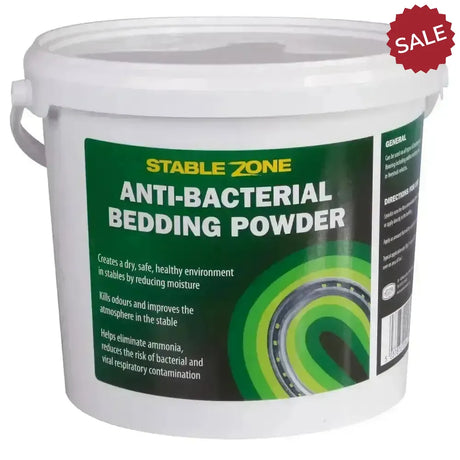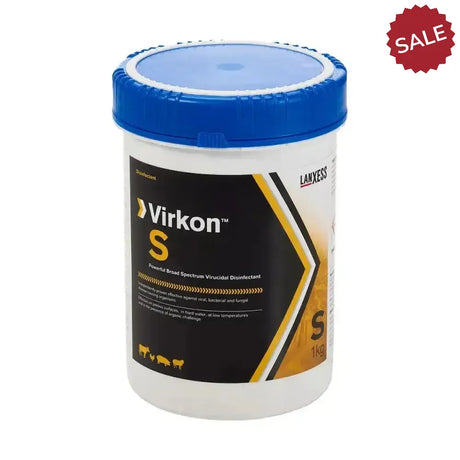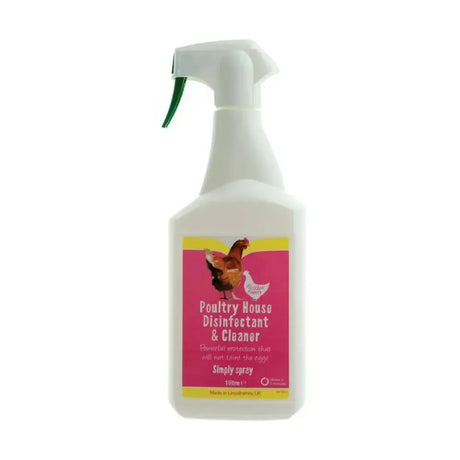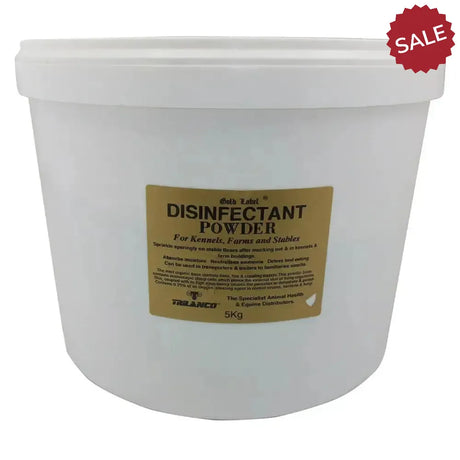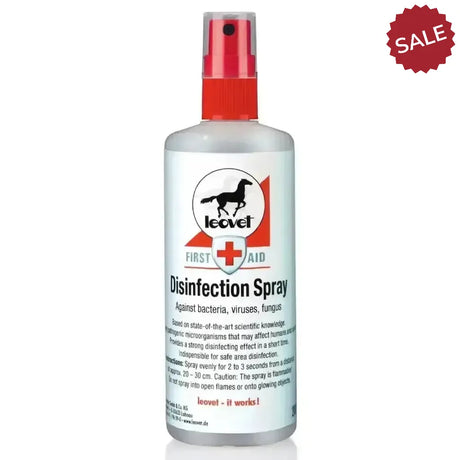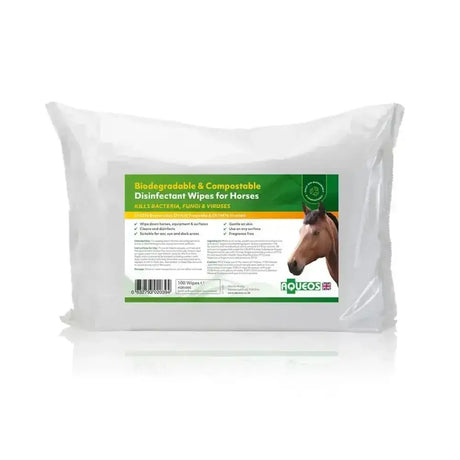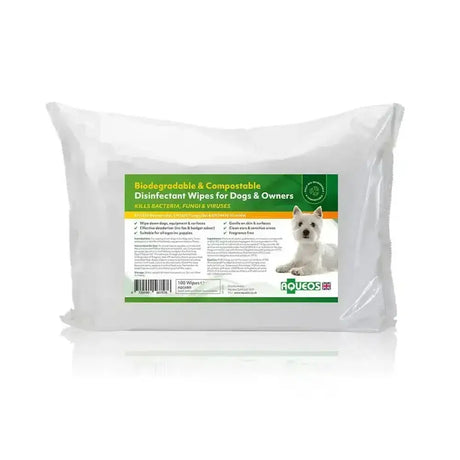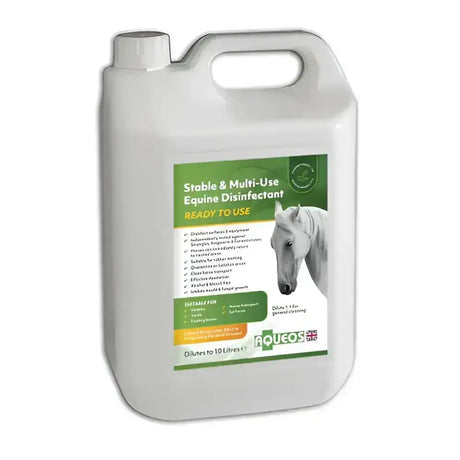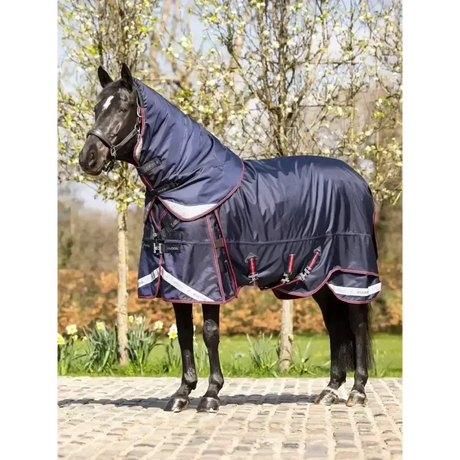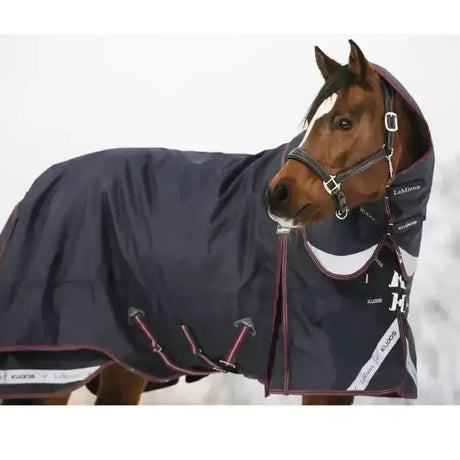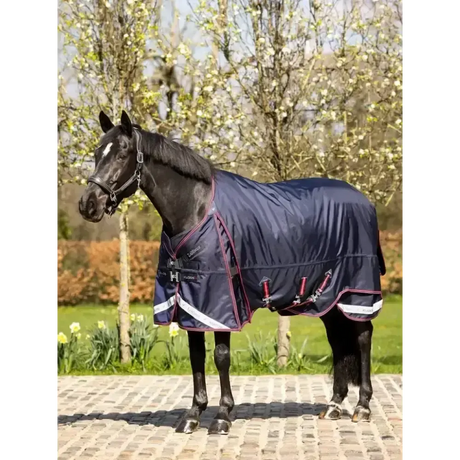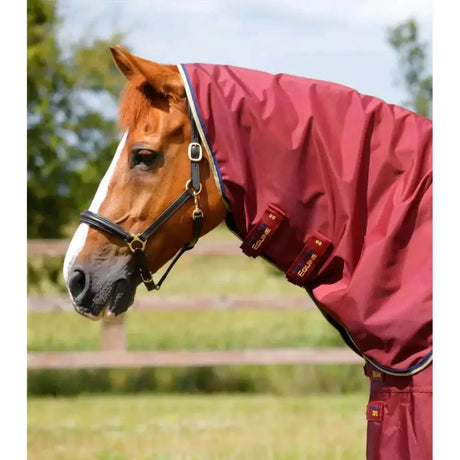Disinfectants
-
Animal Health Company Stablezone Antibacterial Bedding Powder
From £23.55£33.04Save OnlineUnit price /Unavailable -
From £16.86
£20.88Save OnlineUnit price /Unavailable -
Battles Poultry House Disinfectant & Cleaner
£8.82£10.50Save OnlineUnit price /Unavailable -
From £14.35
£16.33Save OnlineUnit price /Unavailable -
Animal Health Company Odor-Kill
£14.88Unit price /Unavailable -
Norbrook Life-Aid Xtra Powder For Oral Solution
£146.05Unit price /Unavailable -
From £24.41Unit price /Unavailable
-
Equimins Country Living Hen House Freshener
£16.32£18.42Save OnlineUnit price /Unavailable -
£11.84
£12.95Save OnlineUnit price /Unavailable -
Aqueos Disinfectant Wipes For Horses
£7.20£8.99Save OnlineUnit price /Unavailable -
Aqueos Disinfectant Wipes For Dogs & Owners
£7.20Unit price /Unavailable -
RenaSan Antiseptic Ear Drops 100ml
£8.55£8.99Save OnlineUnit price /Unavailable -
£7.65
£7.99Save OnlineUnit price /Unavailable -
From £19.38
£25.00Save OnlineUnit price /Unavailable -
Animal Health Company Quip Clean
£10.71£15.95Save OnlineUnit price /Unavailable -
TRM EquiSept Disinfectant Tablets
£96.54£128.72Save OnlineUnit price /Unavailable -
Aqueos Stable & Multi Use Disinfectant
From £10.30£11.00Save OnlineUnit price /Unavailable -
Aqueos Equine Ready to Use Disinfectant
£45.61Unit price /Unavailable
Need A New Rug ? .....we have some great offers for you
View allFAST NEXT DAY DELIVERY
Order before 2pm for delivery tomorrow with our Express Delivery for In Stock Items
-
Lemieux Kudos Thermo Layer Turnout Rug 300g Navy
£218.45£229.95Save OnlineUnit price /Unavailable -
Lemieux Kudos Turnout Rug 350g Navy
£214.65£225.95Save OnlineUnit price /Unavailable -
Lemieux Kudos Thermo Layer Turnout Rug 100g Navy
£208.95£219.95Save OnlineUnit price /Unavailable -
Lemieux Kudos Turnout Rug 200g Navy
£205.15£215.95Save OnlineUnit price /Unavailable -
Lemieux Kudos Turnout Rug 100g Navy
£189.95£199.95Save OnlineUnit price /Unavailable -
Lemieux Kudos Turnout Rug 50g Navy
£180.45£189.95Save OnlineUnit price /Unavailable -
WeatherBeeta ComFiTec Premier Trio Detach A Neck Medium Turnout Rugs
£179.99Unit price /Unavailable -
Premier Equine Buster Zero With Classic Neck Cover
£170.00Unit price /Unavailable

